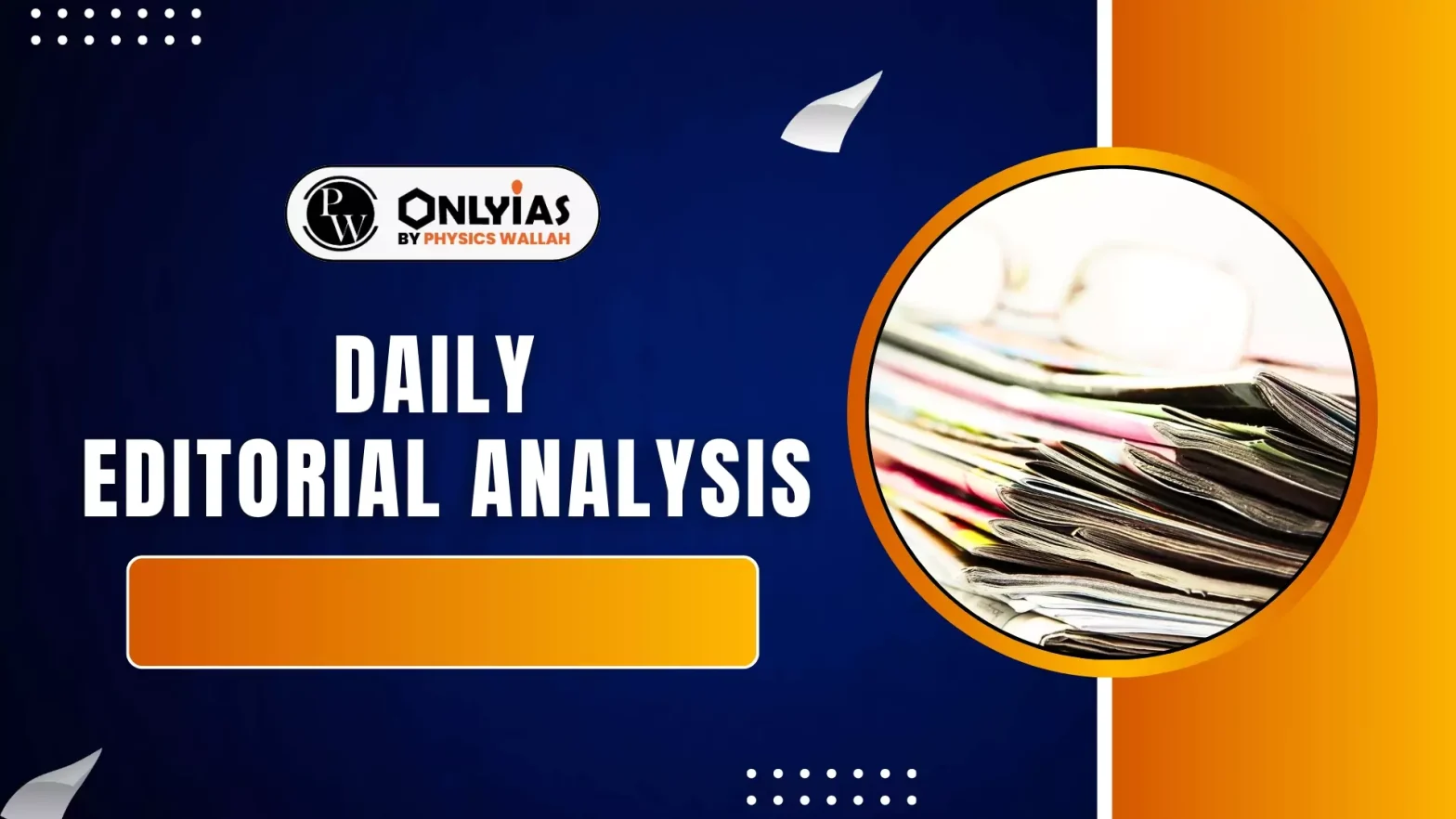There is a rise of new global order, challenging India’s traditional diplomatic frameworks shaped by Cold War-era alignments.
Shifting Global Landscape and India’s Position
- Turmoil in Eurasia: Ongoing conflicts like the Russia-Ukraine war (since 2022) and the Israel-Gaza conflict have destabilized the Eurasian region.
- Rising tensions among Israel, the USA, and Iran add to the regional volatility.
- Declining Western Influence: The global influence of the United States and Europe appears to be waning. Unpredictable leadership, such as Donald Trump rhetoric on Iran, adds to global instability.
- China’s Strategic Ascent: China is emerging as a major power, leveraging economic and technological strength while avoiding direct military entanglements.
- A New Global Order: The cumulative effect of these shifts points toward the formation of a new international power structure. Traditional Cold War-era alignments are becoming obsolete.
- India’s Strategic Imperative: India must adapt its foreign policy to this evolving landscape by moving beyond outdated frameworks. A fresh diplomatic approach is essential to safeguard and advance national interests.
- Call for Reform: Just as Mao’s Cultural Revolution in China urged to abolish the “Four Olds”-old ideology, old culture, old habits and old customs. India too must break from outdated ideologies and adopt realism over nostalgia, especially in geoeconomics and geopolitics.
Key Indian Initiatives
- India-Middle East-Europe Economic Corridor (IMEC): The IMEC initiative, launched on the sidelines of the G20 summit, is a crucial project designed to connect South Asia with Gulf countries and Europe.
- A primary objective of IMEC is to provide an alternative to the Suez Canal for trade routes.
- However, the recent Israel-Gaza conflict and subsequent tensions in West Asia have regrettably stalled this initiative.
- While some experts view IMEC as a counter to China’s Belt and Road Initiative (BRI), practical implementation faces substantial hurdles.
- Many European Union countries (17 out of 27) and a majority of Gulf nations are already part of China’s BRI, indicating its established presence.
- The logistical realities of IMEC are also challenging:The Suez Canal accommodates approximately 75 ships daily, with each carrying around 100,000 tons of cargo.
- In contrast, the IMEC, involving a combination of sea and rail routes across the Gulf region, would rely on trains, each carrying only about 5,500 tons.
- This implies that 18.5 trains would be needed to transport the cargo of just one ship, highlighting the immense infrastructure and operational scale required to truly serve as an alternative to the Suez Canal.
- Furthermore, while historical trade routes involved places like Oman, the current IMEC initiative does not include it.
- India’s ambition to penetrate the European market via IMEC also confronts the reality of Europe’s low GDP growth (around 1%) and China’s already dominant 55% share of the European market. The project’s success hinges on India’s proactive engagement.
- International North-South Transport Corridor (INSTC): The INSTC, launched in 2000, aimed to establish a significant transport corridor.
- Despite its long-standing presence in discussions and studies, concrete progress on this initiative has been minimal.
- Countries along this corridor, such as Russia, Azerbaijan, and Iran, have seen a substantial increase in China’s influence.
- The INSTC serves as a reminder that grand policy announcements must be followed by concrete implementation to yield meaningful outcomes.
- Look East Policy (now Act East Policy): The Look East Policy, launched in the 1990s, aimed to strengthen India’s engagement with East and Southeast Asian countries, including Thailand, Singapore, and Malaysia.
- It was later rebranded as the Act East Policy to signal a more action-oriented approach.
- India signed a Free Trade Agreement (FTA) with ASEAN in 2010 and became a Comprehensive Strategic Partner in 2022.
- However, trade volume remains modest at around USD 120 billion, especially when compared to China’s trade with ASEAN, which exceeds USD 1 trillion.
- This sharp contrast highlights the gap between India’s strategic aspirations and its actual economic influence in the region.
Way Forward
- Define Specific Goals and Targets: India’s foreign policy should be built around clear, measurable objectives and deadlines.
- Prioritize Action over Rhetoric: The focus must shift to tangible actions and demonstrable results on the ground.
- This includes dedicated efforts to overcome logistical, financial, and diplomatic hurdles that impede project implementation.
- Discard Outdated Mindsets: India must embrace innovative thinking and flexible strategies to respond to dynamic geopolitical realities.
Conclusion
The New World Order presents both immense challenges and opportunities for India. Recognizing the imperative for strategic foresight, proactive diplomacy, and unwavering commitment to implementation of initiatives is crucial.
![]() 30 Jun 2025
30 Jun 2025

